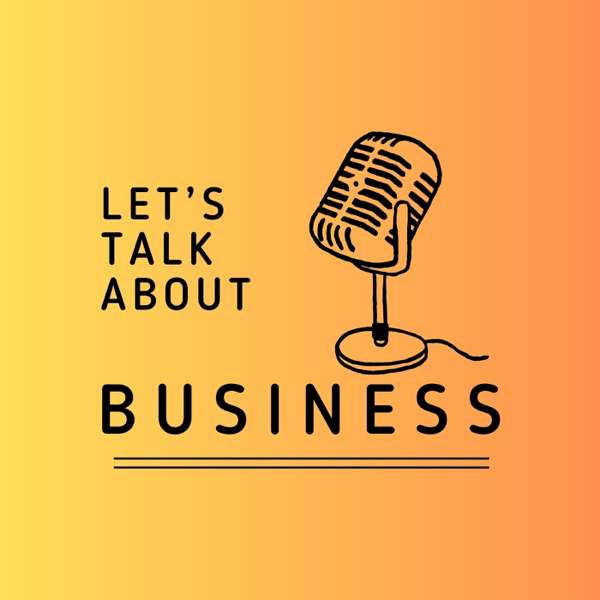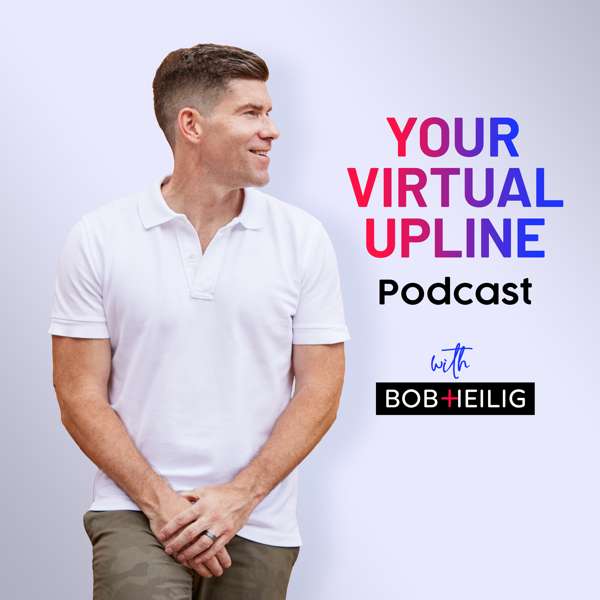Friday, March 10th, 2023 - a moment in B2B Technology and Start-Up ecosystem history that many will never forget and hopefully provides a foundation for learning the risks and rewards of venture-backed, early-stage entrepreneurship.
Todd Gardner founded SaaS Capital in 2007, the industry's first "recurring revenue credit facility". Before names like Salesforce, Workday, and Snowflake were well-known names, Todd experienced the financial crisis of 2008 and experienced firsthand the impact of a systemic banking issue including the meltdown of his financial partners.
Our goal for this episode of the podcast is to provide practical insights and advice that SaaS founders, CEOs, and CFOs can apply to decrease the risks associated with their financial related decisions and banking decisions.
We started with the basic, summary facts surrounding the collapse of Silicon Valley Bank (SVB):
December 31, 2022, SVB financial disclosure:
- $209 B in total assets
- $175.4B in total deposits
March 8th: SVB disclosed a $1.8B loss on the fire sale of $21B in long-term assets
March 8th - 10th: ~ $42B in deposit withdraws were made by SVB customers
Friday, March 10th: SVB was declared insolvent and closed by U.S regulators
Sunday, March 12th: U.S. government including the FDIC, US Treasury, and Federal Reserve announced that all deposits (100%) would be backstopped - made good because SVB had more than enough assets to cover the outstanding liabilities, primarily customer deposits. Essentially the US government is managing the risk which is primarily a "time-based" issue versus a balance sheet issue.
Todd next provided an industry backdrop that lead to the run on SVB. Due to the accelerated ramp of venture capital investing in 2020 - 2021, the deposits on hand at SVB doubles. As standard bank operating practice, SVB invested a significant portion of those deposits in long-term bonds and treasuries, which had a low return due to the low-interest rates of the moment.
During the second half of 2022, interest rates began to increase dramatically, and the result was that the value of the long-term bonds decreased in value. Simultaneously many customers were moving their deposits at SVB into higher interest-rate instruments outside of SVB - forcing SVB to sell some long-term assets to support the decrease in deposits.
Due to the above macroeconomic interest rate dynamics, coupled with the short-term issues created by a handful of Venture Capital firms quietly recommending their portfolio companies move their deposits out of SVB.
We next discussed the "financial ecosystem" that has been the foundation that fueled the amazing growth of the technology industry which includes:
- Over half of the technology start-ups banked with SVB
- Over half of Venture Capital firms in technology banked with SVB for Capital Call - Line of Credit
Having the primary source of assets and liabilities from the same industry ultimately becomes a material issue for SVB.
The above is a backdrop to the insights and advice that Todd shared for how this experience can inform future financial and banking decisions by SaaS founders, CEOs, and CFOs which include:
#1: Diversify banking relationships including checking, savings, and credit facilities
- have at least 2 banks and/or treasury based money-market account
#2: Understand the banking relationships that your payables and payroll firms use
#3. Maintain fiscal discipline throughout the start-up journey to change the narrative from "cash runway" to ongoing operating profit as early as possible
If you are interested in learning more about the Silicon Valley Bank collapse and what it means to the financial strategy of SaaS CEOs and CFOs going forward, this conversation with Todd is a great listen.
See Privacy Policy at https://art19.com/privacy and California Privacy Notice at https://art19.com/privacy#do-not-sell-my-info.

 Our TOPPODCAST Picks
Our TOPPODCAST Picks  Stay Connected
Stay Connected







